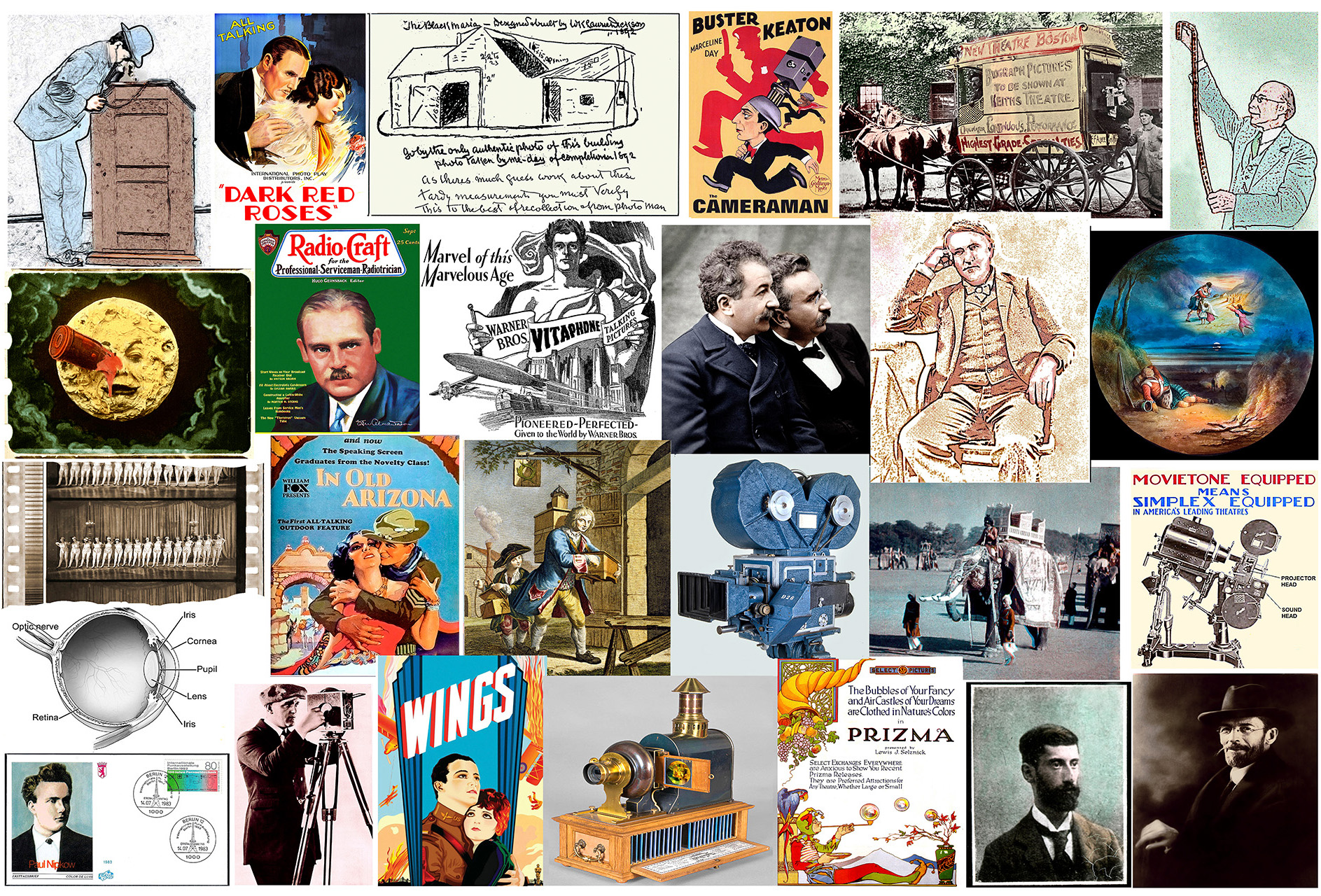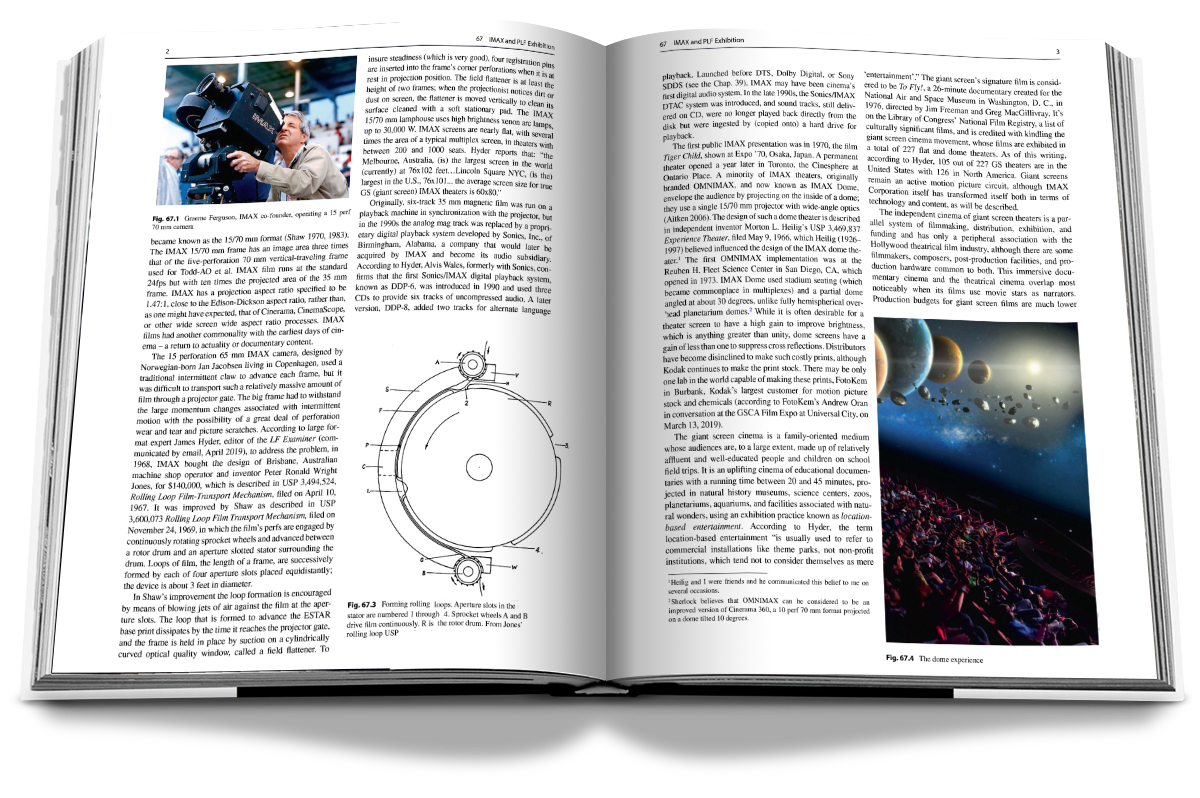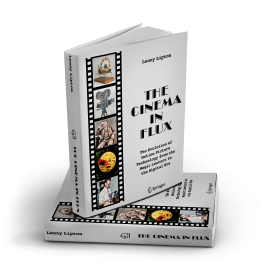From the Author’s Preface
From the Author’s Preface
The Cinema in Flux is a book that follows a vision of cinema’s technological evolution in alignment with that of a number of modern cinema scholars. But not so long ago, for others who have written about it, cinema begins with inventions of Eastman’s film, Edison’s camera, and the Lumières’ Cinématographe, notions that have contributed to the popular view of the subject. This impression is conveyed by dutifully noting that the magic lantern is a preamble to the big event, relegated to the archeological nether regions of “pre-cinema,” which include prehistoric cave paintings, along with nods to Chinese, Indian, and Javanese shadow puppet shows. The idea that the era of the magic lantern is not pre-cinema but cinema itself, and not some archaic backwater, is based on the most fundamental definition of cinema technology, which in my view is the projection of motion.




















